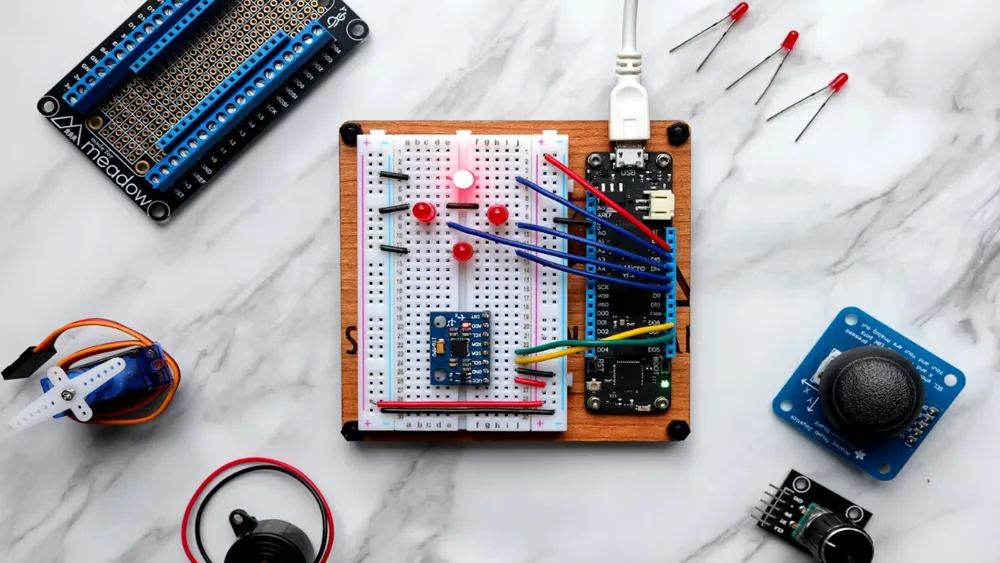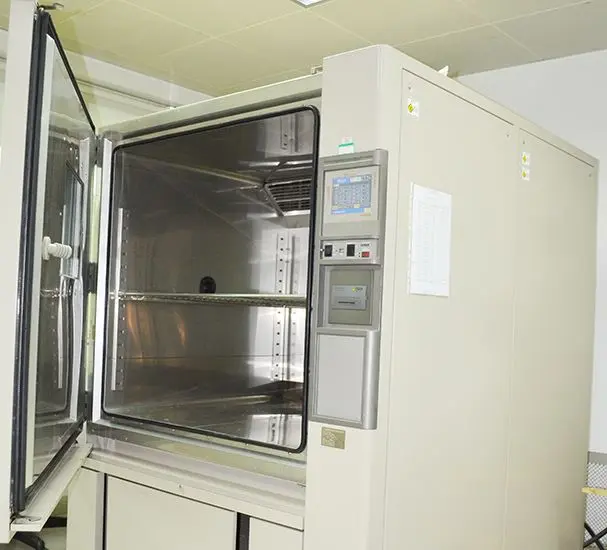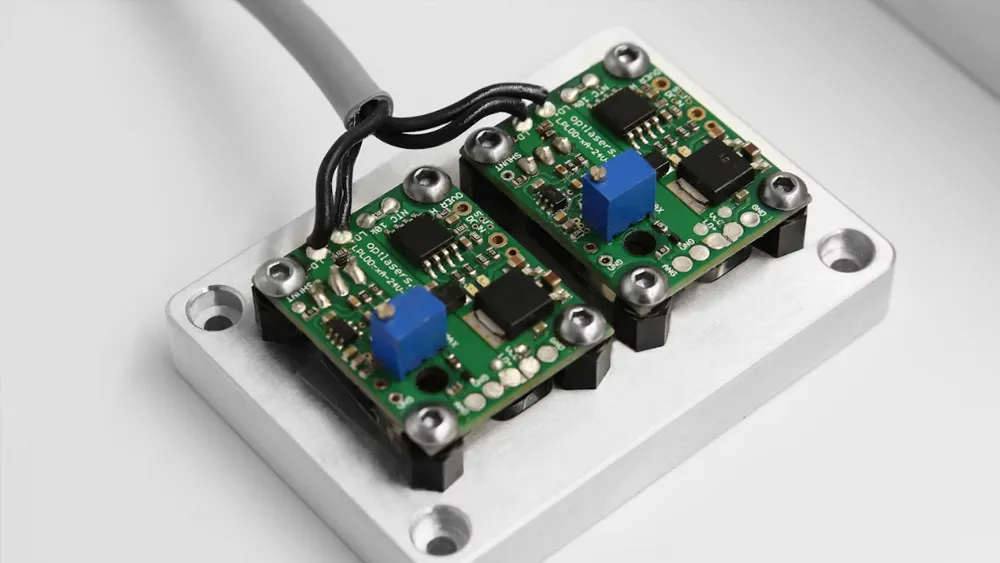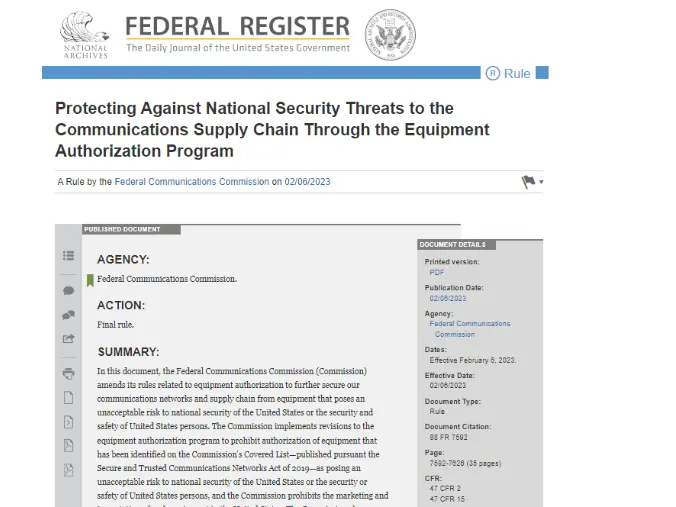
Amazon Australia Toy Certification: AS/NZS ISO 8124
With Amazon tightening its regULations on product safety compliance, the Australian marketplace has particularly strict requirements for listing children’s toys. According to Amazon policy, all toys intended for children aged 14 and under must pass testing according to the AS/NZS ISO 8124 series of standards and submit test reports issued by ISO 17025 accREDited laboratories. This article provides a comprehensive analysis of the core requirements, testing standards, and compliance procedures for toys in the Australian marketplace, helping sellers efficiently obtain certification and mitigate risks.

Consumers generally consider these products as intended for children aged 14 or under, including but not limited to:
① Abrasive kite strings
② Beaded and amber teething jewelry
③ Fidget spinner knives
④ Fidget spinner lighters
⑤ Small strong magnets
⑥ Dart fidget spinners
⑦ Toothpick crossbows
⑧ Water-absorbing beads
1. Policy Scope and Definitions
1.1 Definition of Children’s Toys
Amazon Australia defines “children’s toys” as products designed specifically for children aged 14 and under, or products that clearly indicate suitability for this age group on packaging or marketing. Criteria include:
① Age grading indicated on product packaging
② Advertising or display explicitly targeting children
③ Products generally recognized by consumers as children’s toys
1.2 Prohibited Items
Amazon strictly prohibits the sale of toys with safety hazards, such as:
① Toys containing small magnets (magnetic flux ≥ 50 kG² mm²), which may cause intestinal injury
② Toys containing button batteries without anti-swallowing design
③ High-risk items such as water-absorbing beads or sharp darts
2. Core Compliance Standard: AS/NZS ISO 8124
This standard is jointly developed by Australia and New Zealand and covers three main aspects: physical safety, cheMICal safety, and flammability performance. The latest version is ISO 8124-1:2022 (updated September 2024). Key sub-standards include:
① AS/NZS ISO 8124-1:Mechanical and physical properties (small parts, sharp points, stability tests)
② AS/NZS ISO 8124-2:Flammability (restricting material burning rate)
③ AS/NZS ISO 8124-3:Migration of specific elements (limits for lead, cadmium, etc.)
④ AS/NZS 62115:Electronic toy safety (circuit protection, heat control)
PART 01: Toys for Children 36 Months and Under
Options include one of the following:
① AS/NZS ISO 8124.1:2023 – Toy Safety Part 1: Safety aspects related to mechanical and physical properties
② ISO 8124-1:2022 – Toy Safety Part 1: Safety aspects related to mechanical and physical properties
③ EN 71-1:2014 + A1:2018 – Safety of toys Part 1: Mechanical and physical properties
④ astm f963-17 – Consumer Safety Specification for Toy Safety
And one of the following for chemical safety:
① AS/NZS ISO 8124.3:2021 – Migration of certain elements
② en 71-3 – Migration of elements
③ ASTM F963 – Element migration
Additionally, comply with all the following regulations:
① 2023 Consumer Products (Toys for Children 36 Months and Under) Safety Standard
② 2009 Consumer Protection Notice No. 1
③ 2011 Consumer Protection Notice No. 11
PART 02: Electronic Toys for Children
Must comply with all of the following:
AS/NZS 62115:2018 – Electric toys – Safety
And optionally, one of the following for mechanical and physical safety:
① AS/NZS ISO 8124.1:2023 – Toy Safety Part 1
② ISO 8124-1:2022 – Toy Safety Part 1
③ EN 71-1:2014 + A1:2018 – Mechanical and physical properties
④ ASTM F963-17 – Toy Safety
PART 03: Other Toys
3.1 Toys for Children Over 36 Months
Any of the following, if applicable:
① AS/NZS ISO 8124 – Toy Safety
② ISO 8124 – Toy Safety
③ ASTM F963-17 – Consumer Safety Specification for Toys
④ EN 71 – Toy Safety
⑤ IS 9873 – Toy Safety
⑥ ST 2016 – Toy Safety
3.2 Toys Containing Magnets
Must comply with all of the following:
2020 Consumer Products (Magnet-containing Toys) Safety Standard
And one of the following four options:
① AS/NZS ISO 8124.1:2019 – Mechanical and physical safety aspects
② EN 71-1:2014 + A1:2018 – Mechanical and physical properties
③ ISO 8124.1:2018 – Mechanical and physical safety aspects
④ ASTM F963-17 – Toy Safety
3.3 Finger Paints
AS/NZS ISO 8124.3:2003 – Safety of toys – Migration of certain elements, amended by 2009 Consumer Protection Notice No. 1
AS/NZS ISO 8124 Certification Process for Australian Children’s Toys
1. Complete the application form
2. Provide product samples
3. Arrange testing
4. Receive draft test report
5. Confirm final certification
Processing time:5 business days
Email:hello@jjrlab.com
Write your message here and send it to us
 What are ASTM F963 and CPSIA?
What are ASTM F963 and CPSIA?
 Comparison of ASTM F963 and EN 71
Comparison of ASTM F963 and EN 71
 How to get CSA C22.2 NO.256:14 Test Report?
How to get CSA C22.2 NO.256:14 Test Report?
 How much is the ISTA Amazon Packaging & Shippi
How much is the ISTA Amazon Packaging & Shippi
 Amazon Product Laboratory Testing Requirements
Amazon Product Laboratory Testing Requirements
 How to Get EPA Certificatio
How to Get EPA Certificatio
 What is EPA Certification in the United States?
What is EPA Certification in the United States?
 What is an FCC Registered Agent?
What is an FCC Registered Agent?
Leave us a message
24-hour online customer service at any time to respond, so that you worry!




